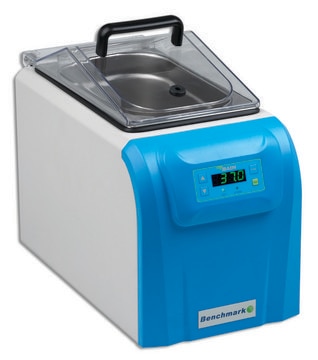920169
Tin (IV) oxide nanosheets
Synonym(s):
SnO2 nanosheet
Sign Into View Organizational & Contract Pricing
All Photos(1)
About This Item
Recommended Products
Related Categories
Application
Tin(IV) oxide (SnO2) nanosheets are an attractive choice for creating stable and high-performance perovskite solar cells due to its wide bandgap, increased electron mobility, and high stability. SnO2 has a higher bandgap (at 3.8 eV), and the conduction band edge exhibits a 300 mV positive shift compared to TiO2, which results in lower photocatalytic activity and higher device stability. The charge mobility of SnO2 is almost two orders of magnitude higher than that of TiO2 and has a lower trap density than TiO2. Finally, SnO2 nanosheets materials have an advantage over typical TiO2 materials in flexible and low-temperature applications.
Signal Word
Danger
Hazard Statements
Precautionary Statements
Hazard Classifications
Acute Tox. 3 Dermal - Acute Tox. 3 Inhalation - Acute Tox. 3 Oral - Eye Dam. 1 - Flam. Liq. 2 - Skin Corr. 1B - STOT SE 1
Target Organs
Eyes,Central nervous system
Storage Class Code
3 - Flammable liquids
WGK
WGK 2
Flash Point(F)
49.5 °F
Flash Point(C)
9.7 °C
Choose from one of the most recent versions:
Certificates of Analysis (COA)
Lot/Batch Number
Don't see the Right Version?
If you require a particular version, you can look up a specific certificate by the Lot or Batch number.
Already Own This Product?
Find documentation for the products that you have recently purchased in the Document Library.
Mesoporous SnO2 nanoparticle films as electrontransporting material in perovskite solar cells
Li Y, et al.
Royal Society of Chemistry Advances, 5, 28424-28424 (2015)
Low-temperature SnO2-based electron selective contact for efficient and stable perovskite solar cells.
Song J, et al.
Journal of Material Chemistry A, 3, 10837-10844 (2015)
Takumi Kinoshita et al.
Nature communications, 6, 8834-8834 (2015-11-06)
The extension of the light absorption of photovoltaics into the near-infrared region is important to increase the energy conversion efficiency. Although the progress of the lead halide perovskite solar cells is remarkable, and high conversion efficiency of >20% has been
Our team of scientists has experience in all areas of research including Life Science, Material Science, Chemical Synthesis, Chromatography, Analytical and many others.
Contact Technical Service







